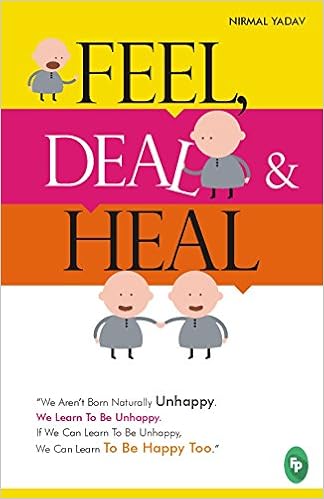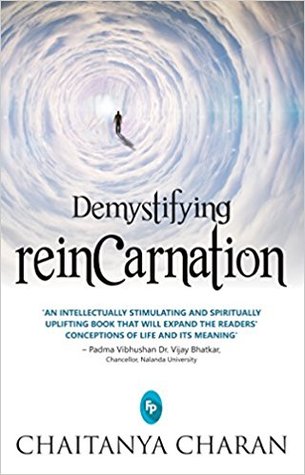1568th BLOG POST -->>
It’s wonderful seeing Indian
publishers bringing out non-fiction books regularly even in the era where
popular fiction is doing better business than all the other genres. This time I
put my hands upon a new book published by Fingerprint publication named “Feel,
Deal & Heal”. Its 200-pages book written by the author, Nirmal Yadav, which
quotes this on its cover page, “We aren’t born naturally Unhappy. We learn to
be Unhappy. If we can learn to be Unhappy, We can Learn To Be Happy Too.” The
whole book is about how should we ignore the factors of unhappiness and
concentrate on activities that can lead us towards a happy and blissful life.
Author makes many cases and then
gives her own opinion about the same and then the solution on how the specific
case can be rectified from the To-do list that we have unconsciously prepared
to stay unhappy. The book is a typical stuff to carry with you while traveling
or reading it in one sitting on a weekend morning. The book isn’t handled like
an intellectual speech but authoress, for most of the times, speaks about the
basic things that can be handled by doing simple stuffs. It’s a light read that
can be read even by the teenagers though some above-the-age scenarios will pass
above their head but still, there are many things to take away from the book.
The whole book has been divided in
three different parts. My personal favorite has been the part three where the
authoress has discussed about what almost every human being is struggling with
in today’s world. I liked how she has given wonderful examples and scenarios on
how parents ruin their children’s life and how people spoil their old-age during
their period of young age. The way teenagers are discussed in this book is
worth applauding. Talking about the drawbacks of the book, I must say that the
book isn’t any different from other non-fictions published on the same topic.
There is nothing which I haven’t read before. It is the same stuff written in a
simple and light language. The lack of real cases and scenarios and some
serious/practical solutions makes this book an incomplete job. Author only
discusses the short-comings and tells what we need to do about it. But how to
do it and how others benefited by doing it is totally missing from the book.
Hence, I will go with an average 2.5* out of 5.
Thanks.









